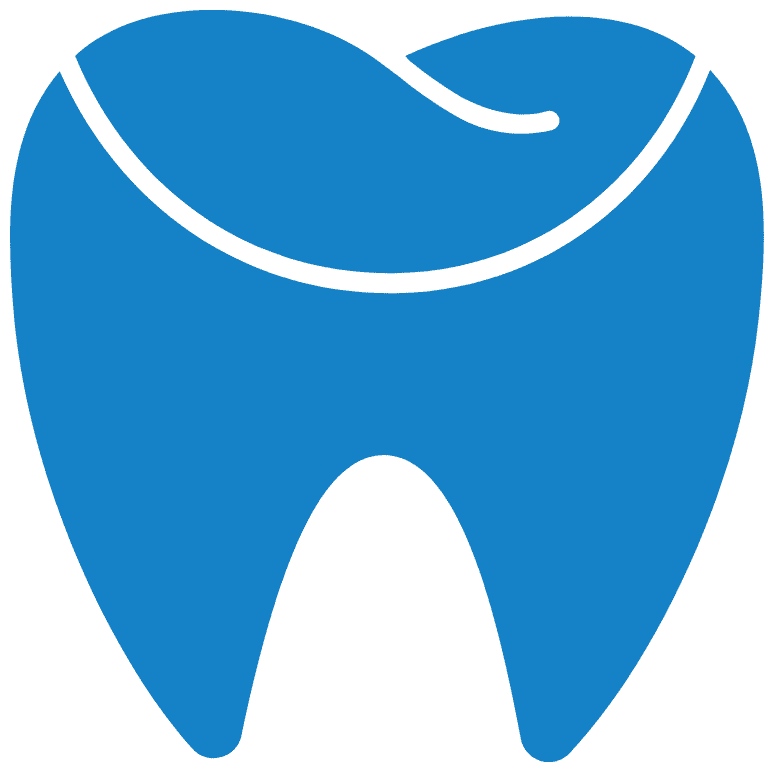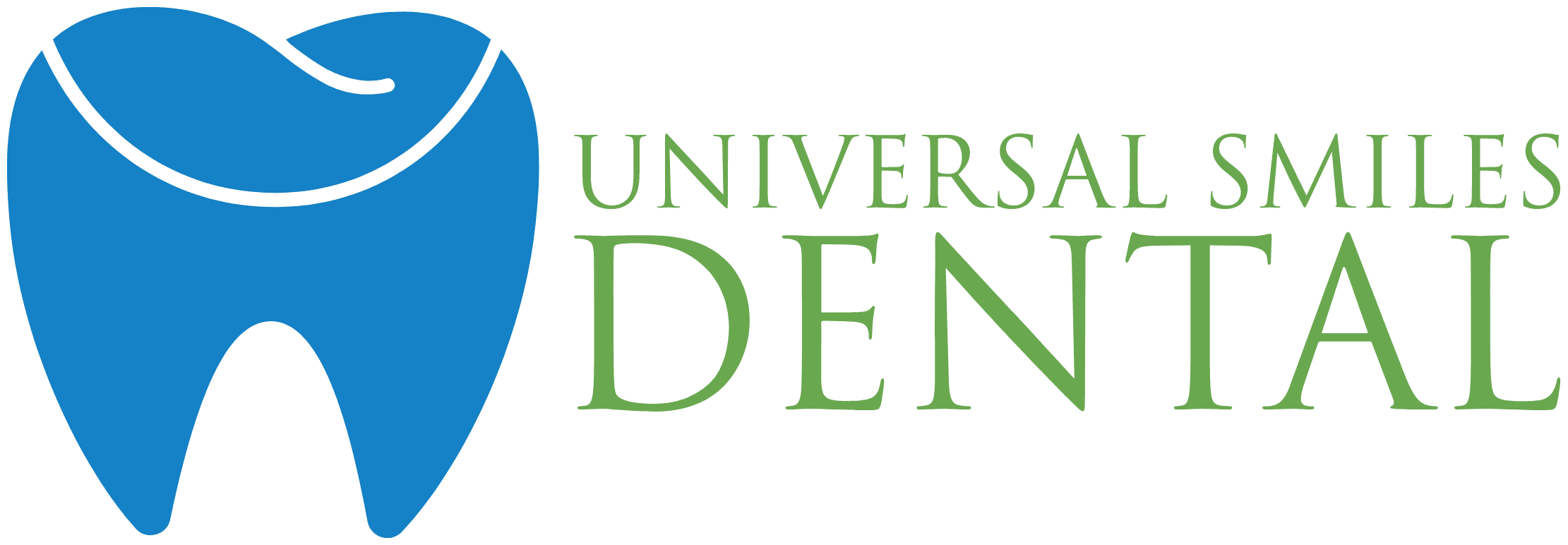The Difference between Plaque and Tartar: Everything You Need to Know

When it comes to keeping excellent oral health, knowing the difference between plaque and tartar is important. Moreover, these two terms are usually used commonly. However, they mean different stages of buildup on your teeth. Therefore, knowing how each affects your dental hygiene can help you take proper care of your teeth and gums. Additionally, it will prevent serious dental issues like gum diseases and tooth decay. At Universal Smiles Dental, we believe that well informed patients make healthier choices and this guide is here to help you make those choices confidently. So let’s break down the difference between plaque and tartar, learn their causes, symptoms, effects, and what you can do to prevent them.
What Is the Difference Between Plaque and Tartar?
The difference between plaque and tartar lies in their texture, color, and level of stickiness to the teeth. Plaque is a soft, sticky, colorless coat made up of bacteria and food particles that constantly forms on your teeth. Moreover, when not removed by regular brushing and flossing, it can harden into tartar which is also known as calculus. On the other hand tartar is a yellow or brown deposit that forms above and below the gum line. It can only be removed by a dentist using special tools.
Your dentist in Kilmore can confirm that although plaque can be easily controlled with daily oral hygiene, tartar needs a proper treatment. Moreover, plaque is the early warning sign. If ignored, it calcifies into tartar and starts causing more serious problems like receding gums and bone loss. Therefore, let’s get deeper into the difference between plaque and tartar to fully know how they damage your health.
Understanding Plaque: The Silent Biofilm
Plaque is the starting phase of dental buildup. Moreover, it is a transparent film that forms on your teeth throughout the day, especially after eating or drinking sugar or starch rich foods. It is made up of bacteria that feed on these sugars, producing acids that wear off tooth enamel and cause cavities.
Some key features of plaque include:
- It is soft and removable while brushing and flossing.
- It forms quickly, usually within hours after brushing if not done properly.
- It can cause tooth decay and gum irritation if not removed regularly.
- It leads to bad breath and tooth sensitivity.
Remember, if you run your tongue over your teeth and feel a fuzzy texture that is most likely plaque. Therefore, daily brushing, flossing, and rinsing with antibacterial mouthwash are your best preventive tips. Moreover, patients usually visit their dentist in Donnybrook only when plaque buildup causes inflamed or bleeding gums. At this stage, it is necessary to remove the plaque before it hardens into tartar.
What Is Tartar and Why Is It Harmful?
Once the plaque is allowed to sit on your teeth for too long, usually more than 24 to 72 hours it starts to harden. This hardened form is called tartar or dental calculus. Moreover, unlike plaque, tartar cannot be removed with a toothbrush. It is a crusty deposit that fixes strongly to the tooth enamel and will lead to serious oral health issues.
Some features of tartar include:
- It looks yellow or brown, usually near the gum line.
- It can cause gum diseases such as gingivitis and periodontitis.
- It leads to bad breath and a dull smile.
- It traps more plaque, increasing dental issues.
Tartar also makes it more difficult to clean your teeth properly. Therefore, increasing the risk of cavities and gum inflammation. Only a dentist in Kalkallo can remove tartar using expert tools like scaling machines and devices.
At Universal Smiles Dental, we recommend regular checkups every six months to remove tartar before it leads to long term damage.
Effects of Plaque and Tartar on Oral Health
Understanding the difference between plaque and tartar becomes even more important when you think of their long term side effects. Plaque, if not removed regularly, leads to tooth decay, gum disease such as gingivitis and bad breath. Moreover, it can eventually cause yellowing and staining of your teeth leading to low self-confidence and a dull smile.
Alternatively, tartar gathers bacteria within itself, leading to advanced gum disease like periodontitis. It can also lead to tooth loss and receding gums. Other than oral health issues tartar is also a cause for increased heart disease risk, along with diabetic complications and stroke due to systemic inflammation. Therefore, this is exactly why your dentist knows the importance of controlling plaque before it hardens into tartar.
Conclusion
Understanding the difference between plaque and tartar buildup and preventing it starts with good oral hygiene. Moreover, this includes brushing at least two times a day with a fluoride toothpaste, flossing daily to reach hidden areas, rinsing mouth with antibacterial mouthwash, and eating a balanced diet with limited sugar intake. Furthermore, routine dental checkups are equally important, as your dentist can spot early signs of problems and create a customized care plan.
Additionally, when tartar has already formed, expert treatments like scaling, polishing, and comprehensive examinations at Universal Smiles Dental are needed to restore your oral and overall health. Therefore, if you are looking for expert dental care in a modern, friendly environment, our skilled team is here to offer you the best quality dental services for your unique needs.


